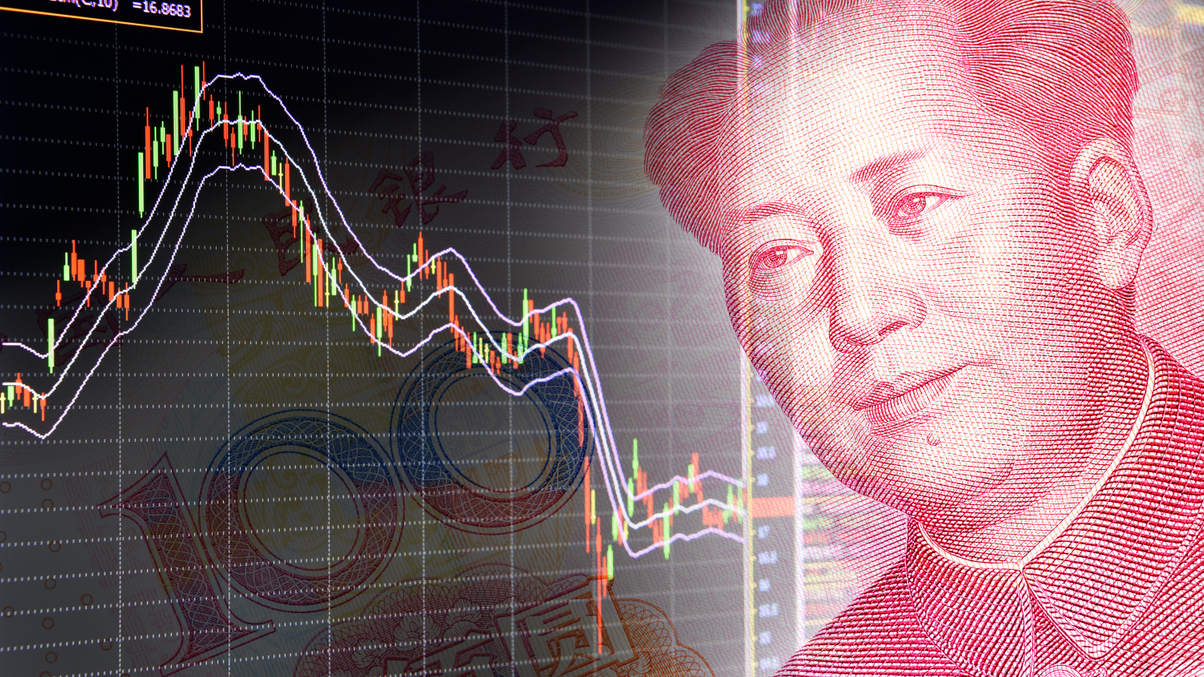Wait before you applaud the CSRC’s climbdown
The decision to scrap the index circuit breaker looks to be a return to pragmatism, but more is needed to convince investors of the “decisiveness” of market forces.

The China Securities and Regulatory Commission’s index circuit-breaker lasted four days. On Thursday night, chairman Xiao Gang threw in the towel and abolished the measure.
Sign In to Your Account
Access Exclusive AsianInvestor Content!
Please sign in to your subscription to unlock full access to our premium AI resources.
Free Registration & 7-Day Trial
Register now to enjoy a 7-day free trial—no registration fees required. Click the link to get started.
Note: This free trial is a one-time offer.
¬ Haymarket Media Limited. All rights reserved.


